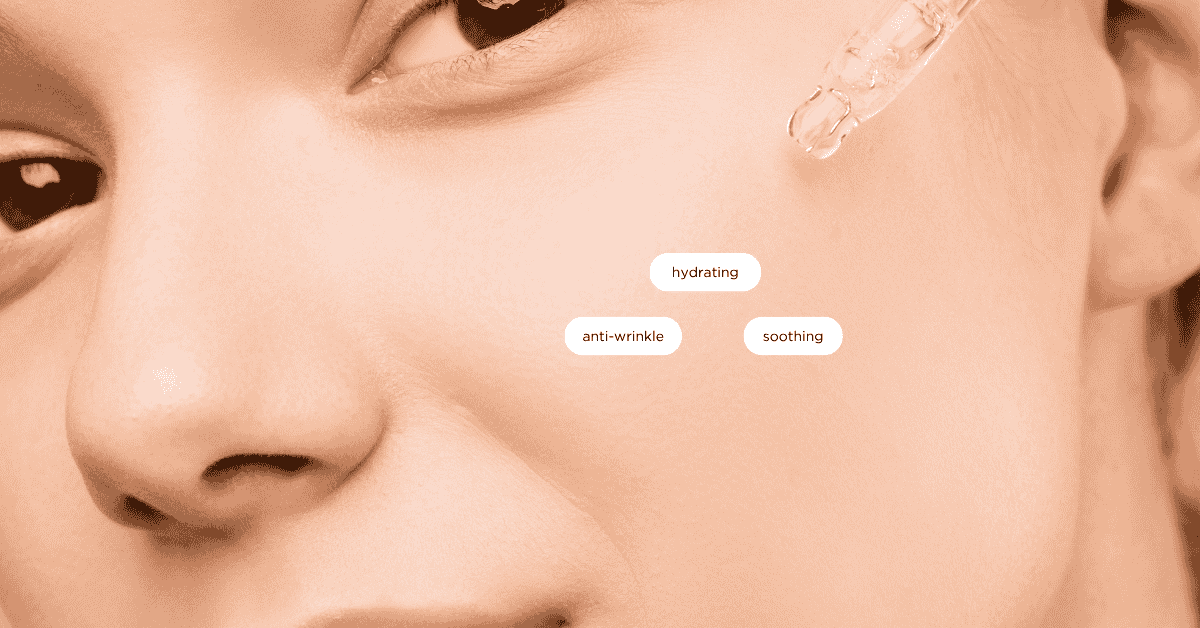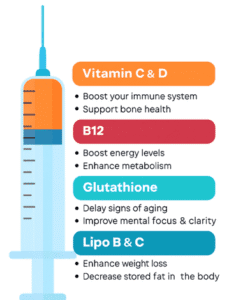When we say “anti-wrinkle tox,” we’re talking about injectables that use a neurotoxin for cosmetic purposes. A small amount of this substance is injected into facial muscles to reduce visible wrinkles.
In aesthetics, the most common is Botulinum toxin type A — best known as Botox® — or similar formulations. So when someone says “anti-wrinkle tox,” they usually mean a toxin-based treatment for dynamic wrinkles (we’ll explain that soon).
At Rhema Aesthetics & Wellness PLLC, we use FDA-approved neuromodulators such as Botox®, Dysport®, Jeuveau®, or Xeomin®, depending on your needs. These products work similarly, and your provider helps you choose the one that suits you best.
Why Do Wrinkles Form?
Let’s pause for a moment. Why do these lines appear?
There are two main reasons:
1. Muscle Movements Over Time
Every time you squint, frown, laugh, or raise your eyebrows, your facial muscles contract. These repeated movements pull on the skin, and over time, create lines. These are called dynamic wrinkles.
2. Loss of Skin Elasticity and Volume
As we age, our skin loses collagen and elastin. It becomes thinner and less springy. Even normal facial movement can then cause more permanent lines — known as static wrinkles (visible even when relaxed).
→ Key point: Anti-wrinkle tox works best when wrinkles are mainly caused by muscle movement.
How Does Anti-Wrinkle Tox Work?
Here’s a simple step-by-step:
- A trained practitioner injects a small amount of neurotoxin into specific facial muscles.
- The toxin blocks nerve signals that tell muscles to contract. It prevents the release of acetylcholine, a chemical messenger at the nerve-muscle junction.
- With less muscle activity, the overlying skin doesn’t crease as much. Over time, lines soften.
- The effect is temporary, as nerves and muscles gradually reconnect. Results typically last 3–4 months.
Think of it this way: Your muscles are like springs pulling a blanket (your skin). If you dampen the spring, the blanket stays smoother. That’s what anti-wrinkle tox does — it relaxes muscle movement so your skin looks smoother.
Which Wrinkles Does It Work On — and Which It Doesn’t
Good news: it’s highly effective for certain wrinkles. But it’s not a fix-all.
Works Well On:
- Wrinkles from repeated muscle movement (dynamic wrinkles) – Frown lines (“11s” between eyebrows) – Crow’s feet (around the eyes) – Forehead lines
- When the skin still has good elasticity and collagen
Less Effective For:
- Deep static wrinkles (visible at rest)
- Lines caused by skin sagging, sun damage, or volume loss
- Wrinkles due to poor texture or loss of fat rather than muscle activity
→ If your main issue is lines from expression, you’re likely a great candidate. If you have deep, fixed lines or sagging, you may still benefit — but results vary.
What Happens During and After Treatment?
Let’s walk through the experience step by step.
Before Treatment
You’ll have a consultation to discuss goals and medical history. Your provider will assess facial muscle movement, previous treatments, and skin condition. They’ll explain what’s realistic and what’s not.
During Treatment
Tiny injections are made into the targeted muscles. The session is quick — usually 5–15 minutes. You may feel a mild pinch, but it’s very tolerable.
After Treatment
Minimal downtime. You can return to daily activities. You’ll be advised to:
- Avoid rubbing the area for a few hours
- Skip heavy exercise for the day
- Stay upright for several hours
Results start showing in a few days, with full effects at 1–2 weeks. The smoother look lasts 3–4 months, after which you’ll need maintenance treatments.
Benefits and Limitations
Let’s look at both sides honestly.
Benefits
- Smooths wrinkles in targeted areas
- Quick, non-surgical procedure
- Minimal downtime
- Backed by decades of research
- Predictable, natural-looking results
Limitations
- Doesn’t stop aging or erase all wrinkles
- Temporary results — maintenance needed
- Requires skill and experience for best outcome
- Deep static wrinkles may not fully respond
- Possible side effects: mild bruising, headache, or eyelid droop (rare)
When performed by trained professionals, serious complications are very rare.
Is It Right for You?
Ask yourself:
- Which wrinkles bother me most — expression lines or permanent ones?
- Do I want a subtle softening or a more lifted look?
- Am I comfortable with repeat treatments every few months?
- Am I working with a qualified, experienced practitioner?
- Do I understand the costs and maintenance involved?
If your answer is “yes” to most of these, anti-wrinkle tox may be a great fit. If you’re expecting it to fix deep sagging or large volume loss, you may need combination treatments.
Our Approach at Rhema Aesthetics & Wellness PLLC
Here’s how we do it — with care, precision, and honesty.
- We listen first. We want to know your goals and concerns.
- We assess carefully. We study muscle movement, skin health, and facial balance.
- We educate clearly. No jargon — you’ll understand what to expect.
- We personalize every plan. No one-size-fits-all approach here.
- We prioritize safety. Proven products, clean technique, expert hands.
- We follow up. We stay connected to ensure your satisfaction.
Conclusion
Anti-Wrinkle Tox isn’t about changing your face. It’s about restoring your confidence — gently and naturally.
At Rhema Aesthetics & Wellness PLLC, we take time to understand your unique beauty. We listen, guide, and deliver results that look effortless and real. Because confidence isn’t built overnight — it grows when you feel good in your skin.
If you’re ready to explore what Anti-Wrinkle Tox can do for you, schedule a consultation today. Let’s discuss your goals, answer your questions, and create a personalized plan for a refreshed, radiant, and confident you.
Rhema Aesthetics & Wellness PLLC Where science meets beauty — and confidence begins with care.





